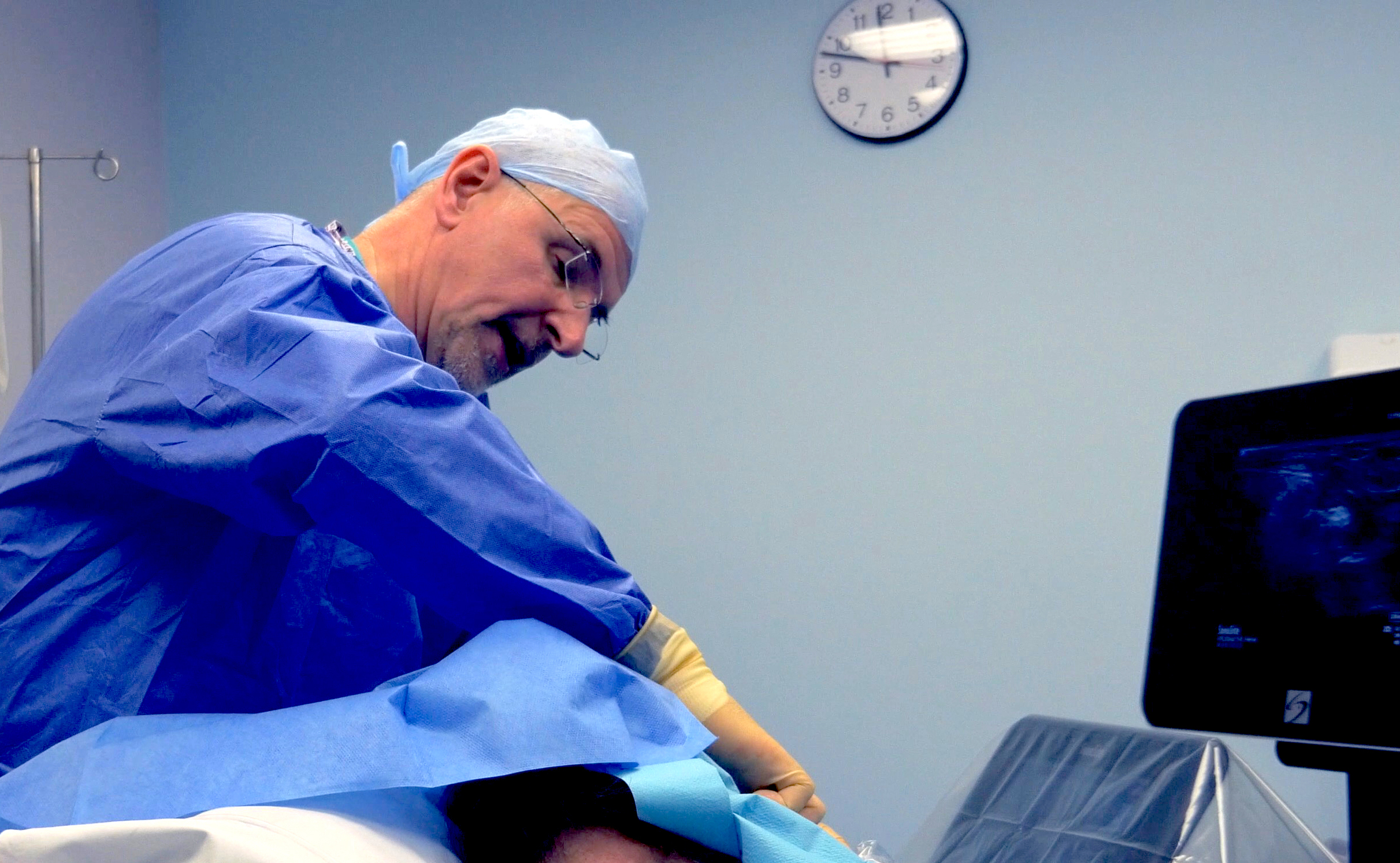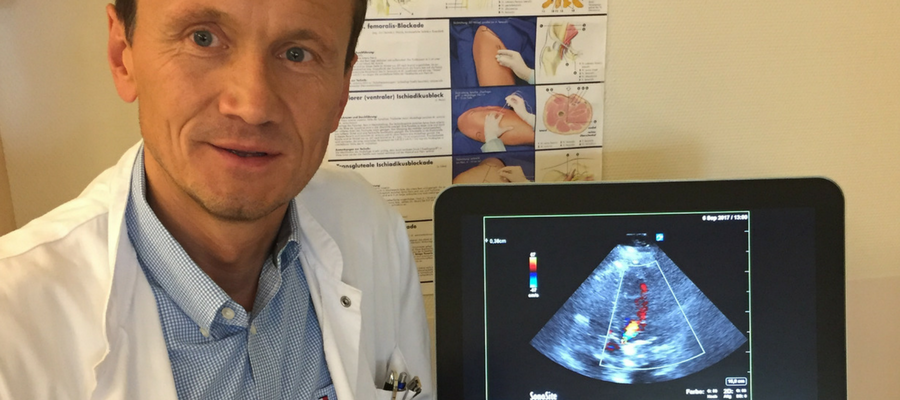New Study: POCUS Saves Time, Money, in Family Practice

According to a systematic review recently published in Annals of Family Medicine, point-of-care ultrasound (POCUS) can reduce costs and improve diagnostic abilities in family medicine and other clinical settings.










